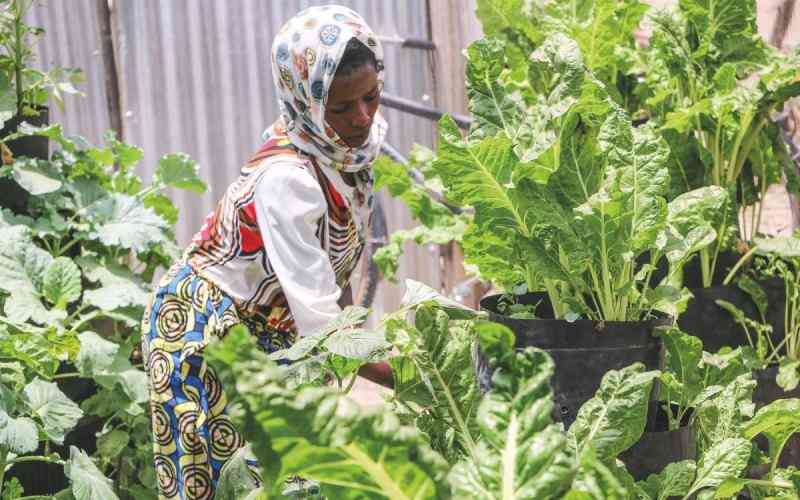×
The Standard e-Paper
Kenya’s Boldest Voice

The World Food Programme (WFP), the world's largest humanitarian organization tasked with saving lives through food aid, is taking a new approach to addressing food insecurity.
While the WFP has long provided emergency food support to people recovering from disaster, conflict, and the impacts of negative climate change, it is now focusing on broader initiatives to build resilience and empower communities.